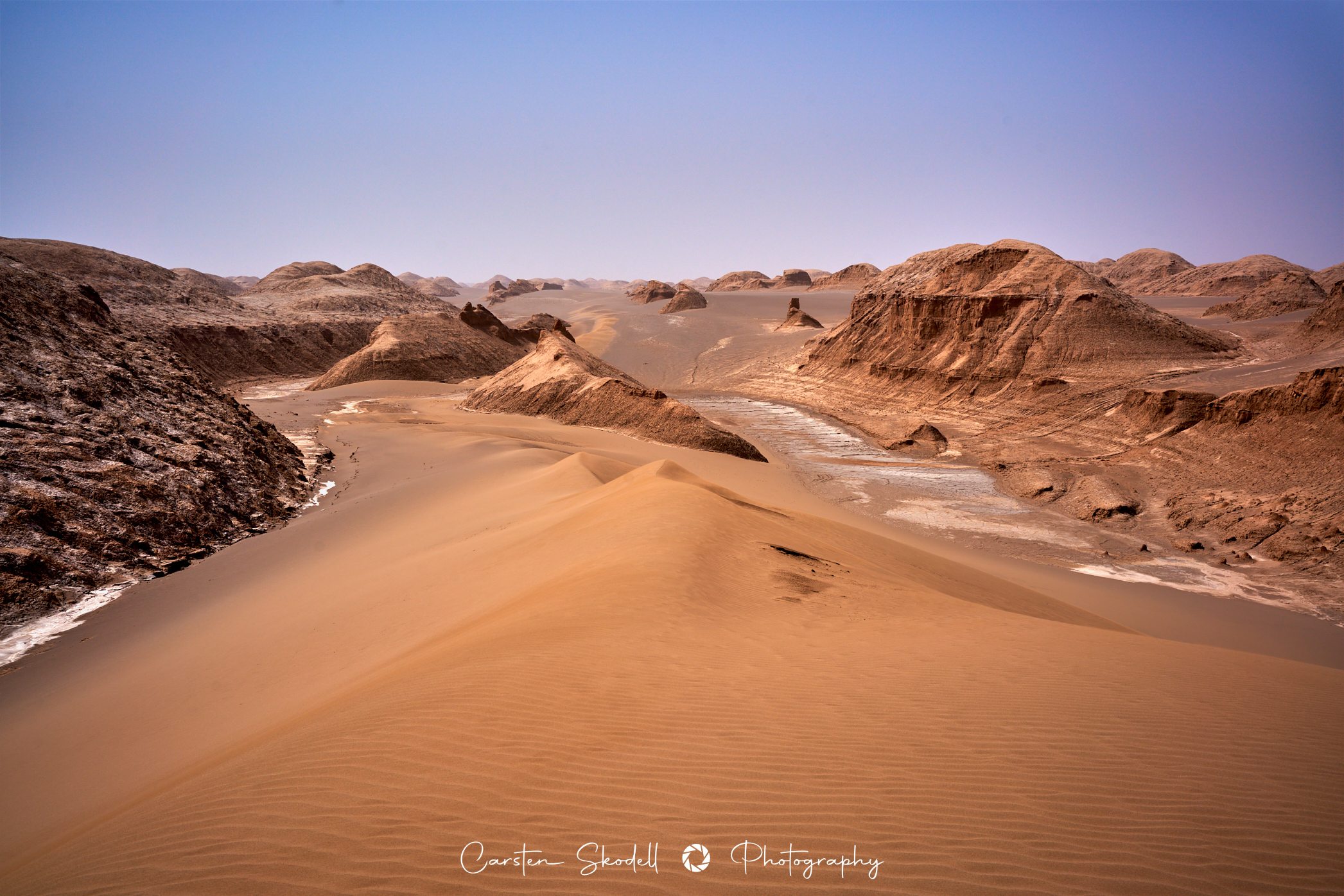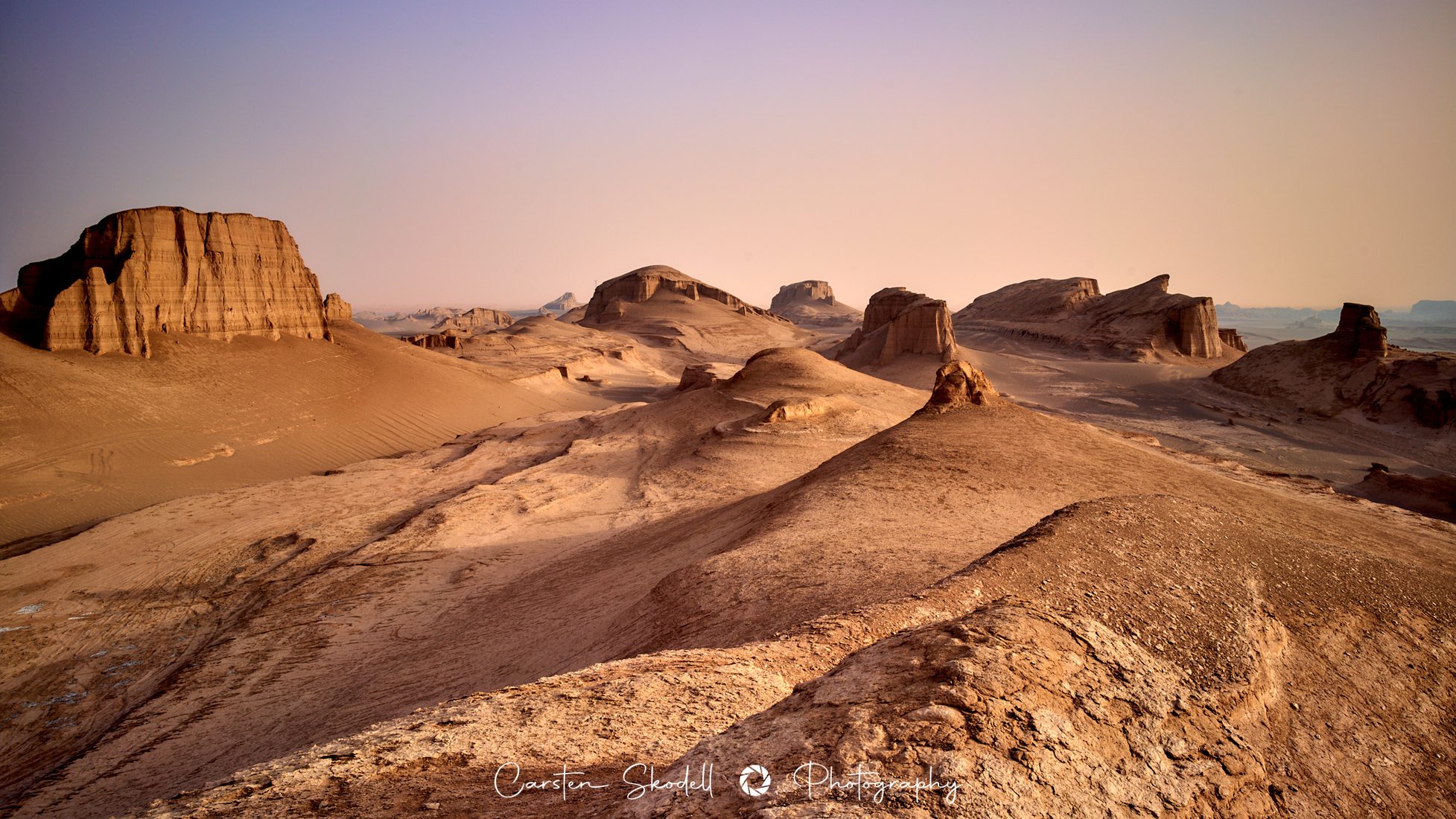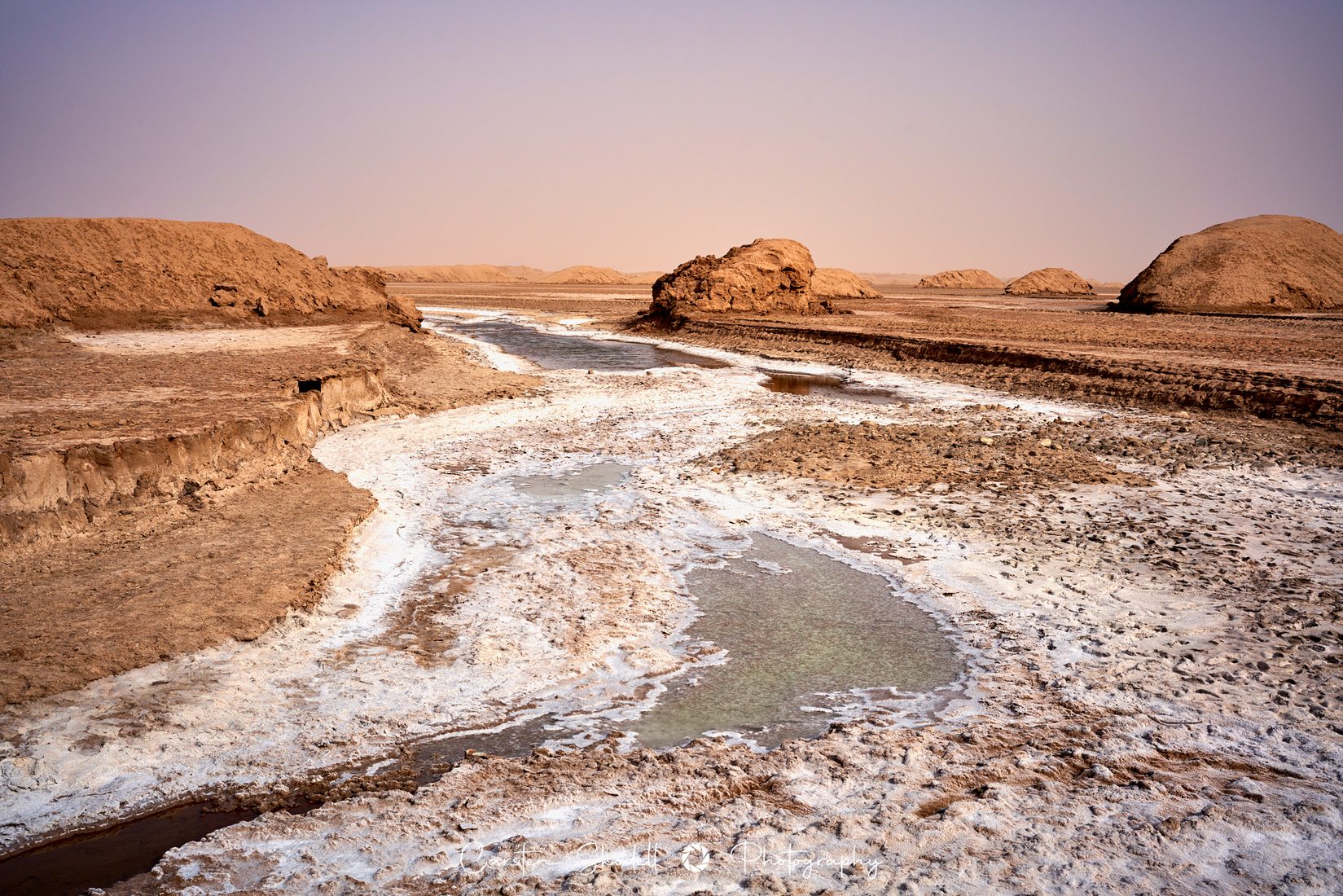Iran's Lut Desert: Unveiling Earth's Hottest, Most Mysterious Landscape
Table of Contents
- Introduction
- The Allure of the Lut: A Desert Unlike Any Other
- Geography and Climate: The Crucible of Extremes
- The Hottest Place on Earth: Unpacking the Superlative
- Beyond the Heat: A Tapestry of Natural Wonders
- UNESCO Recognition: Preserving a Natural Masterpiece
- The Enchantment of Lut Nights: A Sky Full of Wonders
- A Historical Gaze: Explorers and the Lut's Enduring Spell
- Planning Your Journey: Experiencing the Lut Desert Responsibly
- Conclusion
Introduction
The Lut Desert in Iran, known locally as Dasht-e Lut, stands as one of Earth's most extreme and captivating natural wonders. Far more than just a barren expanse, this vast, arid region in the southeast of the Islamic Republic of Iran is a testament to the raw power of geological forces and climatic extremes, offering a landscape that defies imagination and challenges our perceptions of life on Earth. Its stark beauty, unique landforms, and record-breaking temperatures have drawn adventurers, scientists, and curious minds for decades, cementing its status as a truly remarkable destination.
Often referred to as the hottest place on Earth, the Lut Desert is a place of superlatives, yet its allure extends far beyond mere temperature records. It is a realm where silence reigns supreme, where ancient winds have sculpted colossal dunes and bizarre rock formations, and where the night sky unfolds with a brilliance rarely witnessed elsewhere. This article delves deep into the heart of this extraordinary desert, exploring its geography, climate, unique features, and the profound impact it has had on those who have dared to venture into its formidable embrace.
The Allure of the Lut: A Desert Unlike Any Other
Deserts, by their very nature, possess an inherent mystique. They are places of solitude, vastness, and often, profound beauty. Among them, the Lut Desert in Iran holds a particularly special place. It's an arid continental subtropical area, sprawling across approximately 51,800 square kilometers, with an additional buffer zone of 1,794,134 hectares, making its total area a staggering 2,278,015 hectares. This immense scale alone is enough to command respect, but it is the rich variety of spectacular desert landforms within its boundaries that truly sets it apart. From towering sand dunes that rival mountains to intricate yardangs carved by millennia of wind erosion, the Lut Desert is a geological masterpiece.
A Name that Speaks Volumes: What "Lut" Truly Means
The very name of this desert offers a profound insight into its character. In the Persian language, 'Lut' refers to bare land without water and devoid of vegetation. This descriptive term, meaning “plain, bare, waterless, and grassless,” perfectly encapsulates the stark reality of this region. It is a landscape stripped bare, where the elements have sculpted the earth without the softening touch of flora. This absence of water and vegetation is not merely a characteristic; it is the fundamental condition that has shaped its unique geography and extreme climate, contributing to its reputation as one of the most inhospitable yet breathtaking environments on the planet.
Geography and Climate: The Crucible of Extremes
The Lut Desert's geographical positioning is key to understanding its extreme conditions. Located in the arid interior of Iran, far from any moderating maritime influences, it experiences some of the planet's most intense climatic phenomena. This vast expanse is a dramatic mosaic of sand, rock, and salt flats, each contributing to its unique character. The topography is largely defined by three distinct physiographic zones: the northern part, characterized by extensive salt flats; the central part, dominated by the famous 'Kaluts' (yardangs); and the eastern part, home to some of the world's tallest sand dunes.
The Vast Expanse and Its Unique Formations
The sheer scale of the Lut Desert is difficult to comprehend. Stretching about 200 miles (320 km) from northwest to southeast and approximately 100 miles (160 km) wide, it is a truly immense natural laboratory. Within this vastness, the variety of landforms is astonishing. The central part, often called the "Kalut Plain," is famous for its massive yardangs – colossal, elongated ridges carved by wind erosion from soft sedimentary rocks. These natural sculptures can reach heights of tens of meters and stretch for kilometers, creating an otherworldly labyrinth that seems plucked from a science fiction novel. In contrast, the eastern Lut is home to some of the world's most magnificent sand dunes, including the Gandom Beryan, or "Roasted Wheat" plateau, a dark, volcanic plain that absorbs sunlight intensely, contributing to the desert's extreme temperatures. The interplay of these diverse landforms, from the towering dunes to the shimmering salt flats, paints a picture of a dynamic and ever-changing environment, sculpted by forces beyond human scale.
The Hottest Place on Earth: Unpacking the Superlative
Perhaps the most famous claim to fame for the Lut Desert is its reputation as the hottest place on Earth. While this statement requires a nuanced understanding, the underlying truth is undeniable: the Lut holds the record for having the Earth's hottest surface temperature. It's crucial to distinguish between air temperature and surface temperature. While Death Valley often holds the record for the highest air temperature, the Lut Desert's surface can reach astonishing extremes. Data indicates that the surface temperature in the Lut can climb as high as 159 degrees Fahrenheit (70 degrees Celsius). This scorching superlative is not just a mere statistic; it's a testament to the unique combination of geographical factors, solar radiation, and the desert's dark, heat-absorbing surfaces that create such an infernal environment.
Satellite Data and Scientific Validation
The claim of the Lut Desert being the hottest spot on Earth is not based on anecdotal evidence but on rigorous scientific study. Seven years of global land surface temperatures, as measured by satellites, consistently pointed to the Lut Desert as the record holder. Specifically, in a study using MODIS data from Mildrexler et al., 2011, the Lut Desert ranked as the hottest in five out of those seven years, and it recorded the highest overall temperature during that period. Images acquired by Landsat 7 on July 6, 1999, showing portions of the Lut Desert in both natural color and infrared, visually demonstrate the intense heat radiating from its surface. These NASA-backed observations provide undeniable evidence of the Lut's extreme thermal conditions, solidifying its place in the annals of Earth's climatic records. This scientific validation underscores the unique and formidable nature of the Lut Desert in Iran.
Beyond the Heat: A Tapestry of Natural Wonders
While its extreme temperatures often dominate the narrative, the Lut Desert offers far more than just scorching heat. It is a region of astonishing natural phenomena and breathtaking beauty. The variety of its landforms, from the towering dunes to the intricate patterns of its salt flats, creates a visual spectacle unlike any other. The sheer scale and untouched nature of the landscape evoke a sense of profound awe, highlighting the raw power of geological and atmospheric processes. It's a place where the earth itself seems to breathe, constantly reshaping its contours under the relentless influence of wind and sun.
Kal Shoor River: A Lifeline in the Arid Heart
Amidst the overwhelming aridity of the Lut Desert, the existence of the Kal Shoor River is a remarkable natural attraction. This seasonal river, whose name translates to "Salty River," flows through parts of the desert, particularly during periods of rainfall in the surrounding mountains. While its waters are highly saline, it represents a crucial, albeit ephemeral, lifeline in this otherwise waterless expanse. Its presence contributes to the formation of the extensive salt flats and salt marshes that characterize parts of the desert, creating unique ecosystems adapted to extreme salinity. The Kal Shoor River is a poignant reminder that even in the most desolate environments, the forces of nature find ways to create intricate and surprising features, adding another layer of complexity to the Lut's already diverse landscape.
UNESCO Recognition: Preserving a Natural Masterpiece
The international significance of the Lut Desert was formally recognized in 2015 when it was inscribed as Iran's first natural UNESCO World Heritage Site. This prestigious designation underscores its outstanding universal value, acknowledging its unique natural phenomena and breathtaking landscapes. UNESCO recognition is not merely an honorary title; it signifies a commitment to protecting and preserving this extraordinary environment for future generations. The site's inclusion on this list highlights its geological importance, its role as a living laboratory for studying desert geomorphology, and its exceptional natural beauty. This recognition elevates the Lut Desert from a regional marvel to a global treasure, attracting further scientific interest and promoting responsible tourism that respects its fragile ecosystem.
The Enchantment of Lut Nights: A Sky Full of Wonders
While the daytime heat of the Lut Desert is legendary, the nights offer an entirely different, equally mesmerizing experience. Of the most incredible and special delights of the world are the shining nights of deserts. Detached from the busy world around it, the Lut Desert also offers a peaceful silence and an otherworldly beauty to those who visit it at night. With virtually no light pollution, the desert sky transforms into a celestial canvas, revealing the Milky Way in stunning clarity and countless stars that seem close enough to touch. The profound silence, broken only by the whisper of the wind, amplifies the sense of isolation and wonder. Camping under such a sky, surrounded by the cool desert air after a day of intense heat, is an experience that transcends the ordinary, offering a rare connection to the cosmos and a profound sense of peace. It's a stark contrast to the daytime inferno, showcasing the desert's dual nature and its capacity to inspire awe through both its extremes.
A Historical Gaze: Explorers and the Lut's Enduring Spell
The formidable nature of the Lut Desert has captivated adventurers and scholars for centuries. Its vastness and extreme conditions have made it a challenging frontier, yet its mysteries have consistently drawn intrepid individuals. One notable figure who fell under the spell of Iran's Lut Desert during the 1920s and 1930s was Alfons Gabriel, a Viennese physician and adventurer. Gabriel's expeditions into the heart of the Lut were pioneering, providing some of the earliest detailed accounts of its geography and harsh realities. His journeys were not merely about exploration; they were an attempt to understand and document a landscape that was largely unknown to the outside world.
Gabriel's experiences, often harrowing and demanding, contributed significantly to the early scientific understanding of the desert. His writings conveyed not just the physical challenges but also the profound spiritual impact of being in such a desolate yet magnificent environment. His fascination with the Lut was a reflection of a broader human curiosity about Earth's extreme environments. This historical perspective reminds us that while modern technology provides us with satellite data and advanced mapping, the raw, visceral experience of exploring the Lut Desert has long been a source of wonder and a testament to human endurance and curiosity. The desert continues to hold this enduring spell, inviting new generations to witness its grandeur and unravel its remaining secrets.
Planning Your Journey: Experiencing the Lut Desert Responsibly
For those drawn to the allure of the Lut Desert, careful planning and a commitment to responsible tourism are paramount. Given its extreme conditions and fragile ecosystem, venturing into the Lut requires preparation and often, the guidance of experienced local guides. Safety is a primary concern due to the intense heat, lack of water, and challenging terrain. Visitors must ensure they have adequate supplies, reliable transportation, and a thorough understanding of the risks involved.
Furthermore, as a UNESCO World Heritage Site, preserving the Lut's natural integrity is crucial. This means adhering to principles of minimal impact: leaving no trace, respecting wildlife (even if rarely seen), and avoiding disturbance to the delicate geological formations. Tourism to the Lut Desert is typically concentrated around the Kaluts region near Shahdad, where infrastructure for visitors is slowly developing. Choosing reputable tour operators who prioritize environmental protection and local community engagement is vital. Experiencing the Lut Desert is a privilege, offering an unparalleled opportunity to witness one of Earth's most unique and stunning landscapes. Approaching it with respect and responsibility ensures that its magic endures for generations to come.
Conclusion
The Lut Desert in Iran stands as a monumental testament to the Earth's raw, untamed power. From its record-holding surface temperatures, scientifically validated by satellite data, to its vast expanse of unique landforms like the towering Kaluts and magnificent sand dunes, it is a place of unparalleled natural wonder. Its name, "Lut," perfectly describes its barren yet beautiful nature, a landscape devoid of water and vegetation, sculpted by millennia of wind and sun.
Beyond its formidable heat, the Lut offers profound experiences: the surprising presence of the Kal Shoor River, the breathtaking clarity of its star-studded nights, and the historical echoes of adventurers like Alfons Gabriel who dared to explore its depths. Recognized as Iran's first natural UNESCO World Heritage Site, its global significance is undeniable, underscoring the need for its careful preservation. The Lut Desert is more than just a geographical location; it's a powerful reminder of nature's artistry and resilience. We encourage you to delve deeper into the wonders of Iran's diverse landscapes and consider how such precious natural heritage can be protected. Share your thoughts in the comments below, or explore other articles on our site to learn more about Earth's extraordinary environments.
- Iran Queen
- America Iran Relations
- Dying Earth Genre
- Mark Taylor Married
- Iran Olympic Wrestling Team 2024

Lut Desert, Iran

Lut Desert, Iran

Lut Desert, Iran